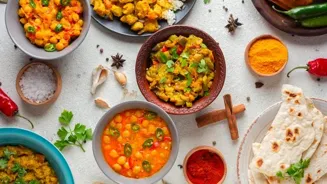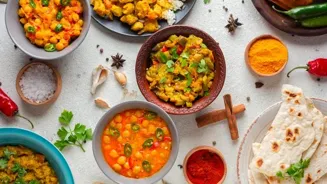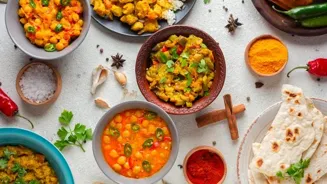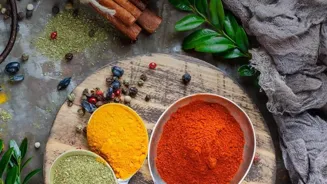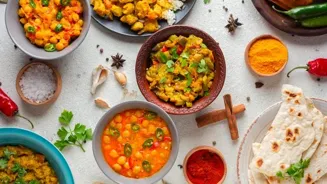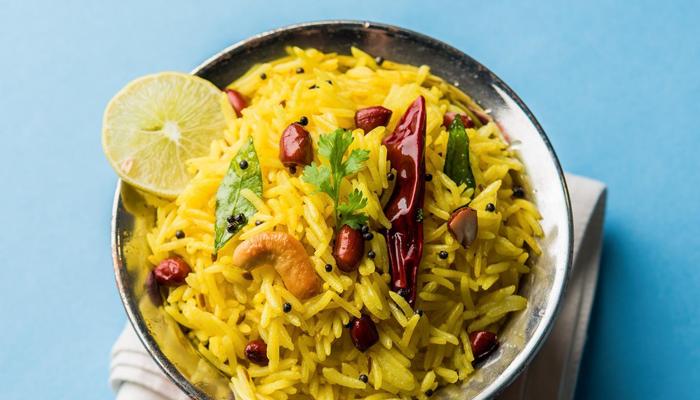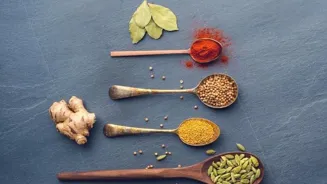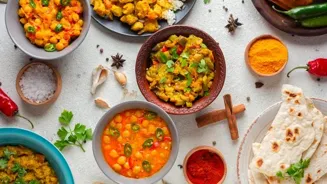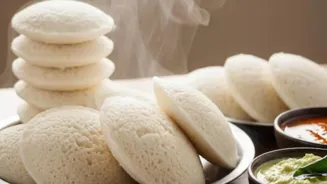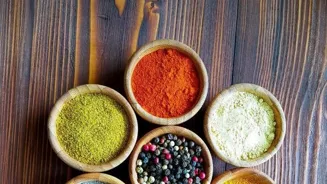Unlocking the Origins and Evolution of Paneer: A Culinary Tale of Tradition and Innovation. Dive into the history and global influences that shaped this beloved Indian cheese
Paneer, that soft, milky delight,
is a staple in Indian kitchens. From matar paneer to palak paneer, it features in countless dishes. But have you ever wondered about the history of this beloved cheese? Turns out, paneer has a rich and fascinating past, stretching back centuries.
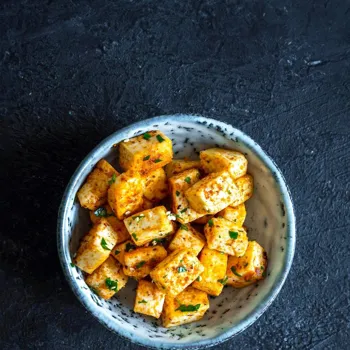
Understanding its evolution provides a new level of appreciation for this versatile ingredient that occupies a special place on our plates. Its mild flavor and ability to absorb spices have made it a favourite, adapting to various regional cooking styles and culinary innovations.
Debate over paneer's origin: Persian influence vs. indigenous roots in India
The exact origins of paneer are a bit debated. Some historians believe it came to India with Persian and Afghan invaders around the 16th century. These groups had their own versions of fresh cheese, and the art of curdling milk might have been introduced through them.
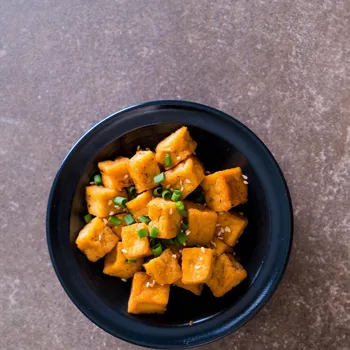
Before this, the ancient Vedic texts mention dairy products like yogurt and ghee, but not a specific curd cheese like paneer. Others say it possibly has indigenous roots, developing independently with local techniques. Regardless, its integration into Indian food culture is undeniable.
The use of rennet, an enzyme used to curdle milk, is a point of contention. Whether its discovery was organic or influenced by outside sources, paneer has evolved into a distinctly Indian staple, cherished for its freshness and versatility.
Paneer's global history and diverse influences shaped its unique identity
Interestingly, paneer-like cheeses were also being made in other parts of the world around the same time. In Europe, similar fresh cheeses were common, and the process of making them shared some similarities with paneer production.
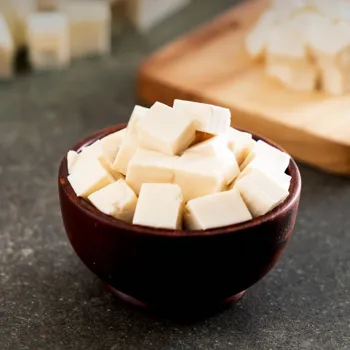
This suggests that the basic technique of curdling milk to create cheese was likely discovered independently in different regions. The fact that cheese-making was a global phenomenon strengthens the theory that paneer's origins could have either been indigenous or adopted and localized in India.
The important thing is that paneer, as we know it today, is a product of many influences, blending history and culture to create a unique and special ingredient.
Paneer's rise in North Indian cuisine during Mughal era
Over time, paneer became a key ingredient in North Indian cuisine, particularly during the Mughal era. It was favoured by the royal chefs and found its way into elaborate dishes.
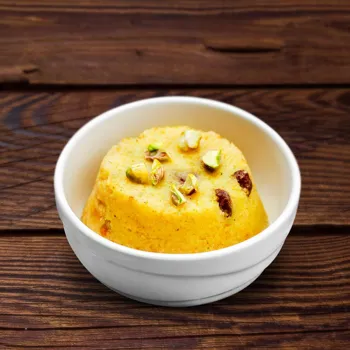
Recipes often included rich gravies made with cream, nuts, and fragrant spices that perfectly complemented paneer's mild flavour. Dishes like Shahi Paneer, with its creamy tomato-based gravy, and Paneer Tikka Masala quickly became popular and remain so today.
During this period, paneer became a mark of royalty and culinary elegance, a special feature on festive menus and celebratory meals. It was not just food; it was a statement of wealth and refined taste, and its position in North Indian menus was thus solidified.
Evolution of paneer-making from traditional to modern methods
The way paneer is made has also evolved. Traditionally, paneer was made by curdling milk with an acidic ingredient like lemon juice or vinegar. This method is still common in many households and small-scale dairy farms.
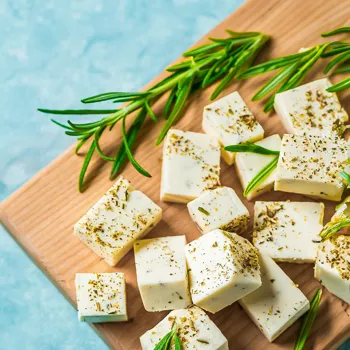
However, modern commercial production often uses other agents to speed up the process and ensure consistent results. While the basic principle remains the same, technological advancements have led to many efficiencies in paneer factories.
This ensures a consistent supply of this important ingredient to meet the growing demand from all corners of the country , guaranteeing that our favourite dishes are never left wanting.
Paneer: From royal delicacy to everyday staple in Indian cuisine
Today, paneer is ubiquitous in Indian cuisine. It is no longer just a royal delicacy but is widely consumed across all socio-economic groups. From street food stalls serving paneer tikkas to fine dining restaurants offering exotic paneer preparations, its popularity continues to soar.
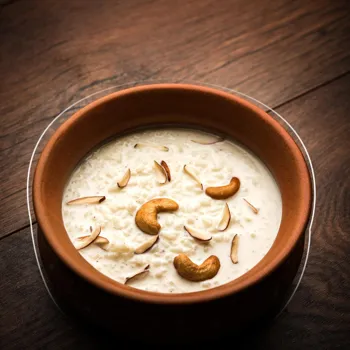
Its versatility has allowed it to be incorporated into various regional cuisines, each adding its unique twist. This includes options as easy as paneer bhurji for a fast weeknight meal to complex preparations for special events. It stands as a symbol of Indian food's adaptability and innovation.
It is a testament to how a simple dairy product can evolve to become an indispensible part of every Indian's day-to-day culinary experience.
AI Generated Content. Glance/InMobi shall have no liability for the content